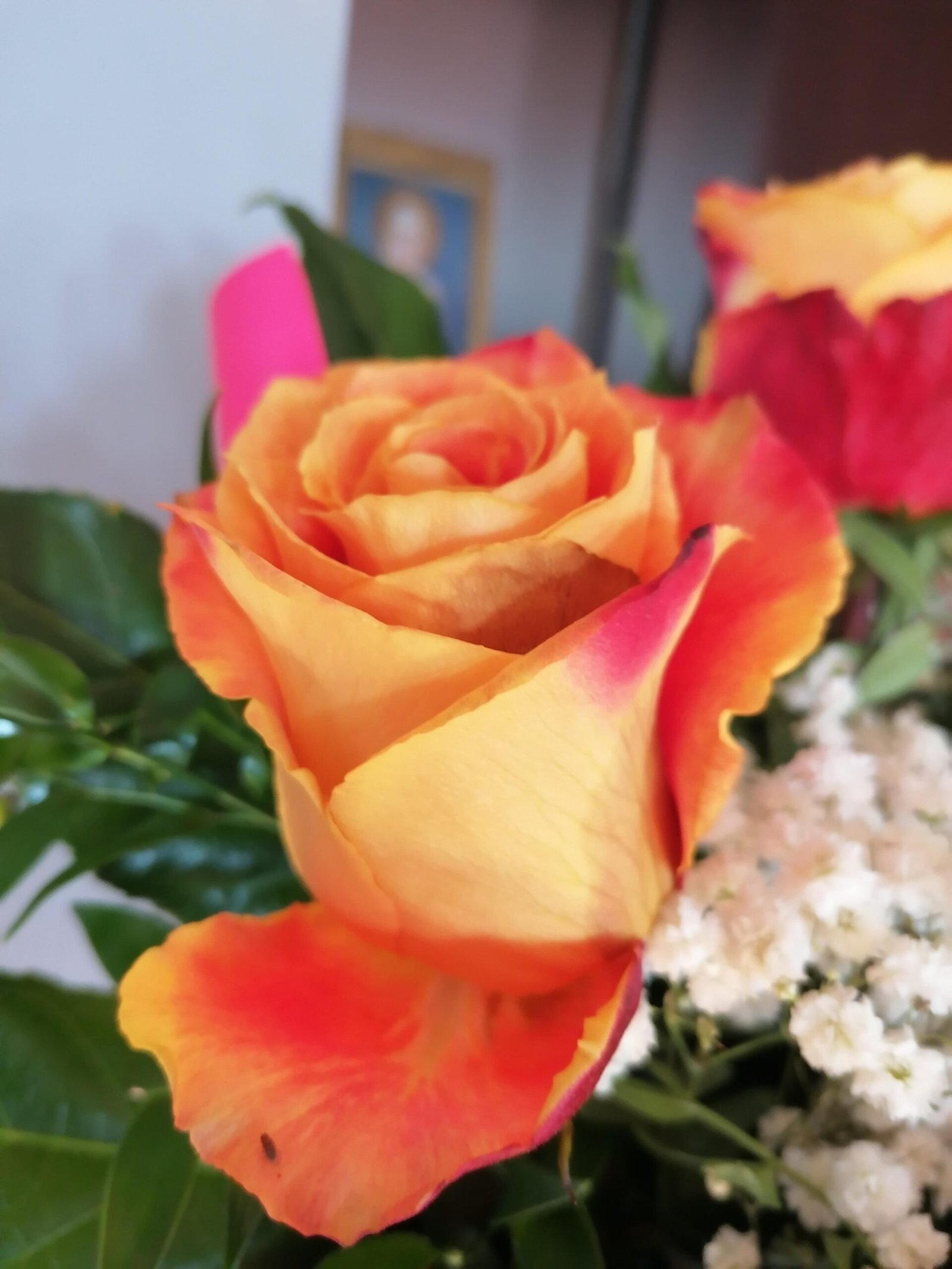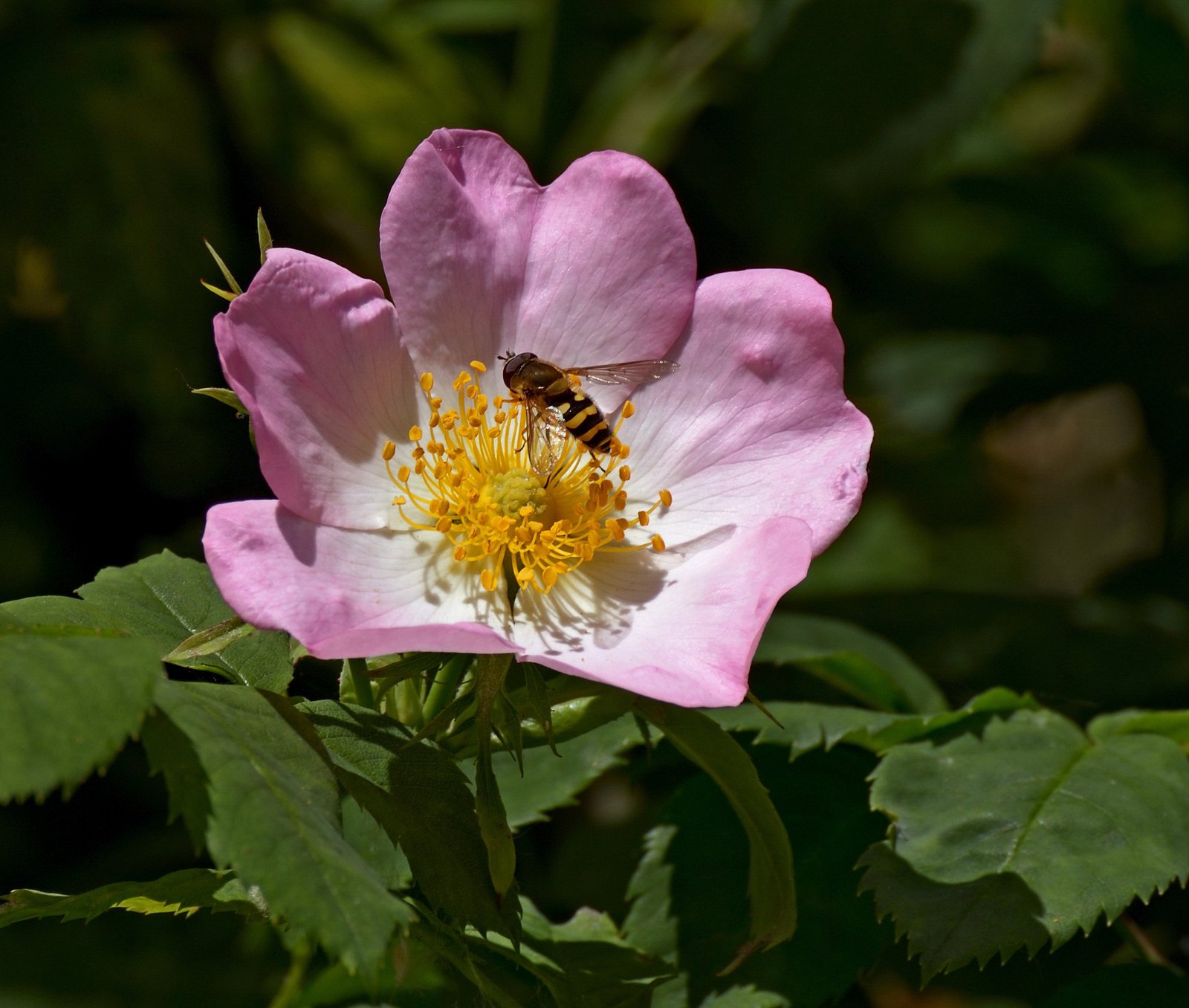Can I Grow Rose of Sharon from a Cutting?

Yes, you can grow Rose of Sharon (Hibiscus syriacus) from cuttings. This method of propagation is a popular and effective way to multiply your Rose of Sharon plants. By taking cuttings from an existing plant, you can create new, genetically identical plants that will have the same characteristics as the parent plant.
What are the Propagation Techniques for Rose of Sharon Cuttings?

To propagate Rose of Sharon from cuttings, you can use several methods, each with its own timing and specific steps.
Softwood Cuttings
- Timing: Early to mid-summer is ideal for taking softwood cuttings, as these are the new growths from the spring.
- Cutting Length: Cut stems that are between 4 and 10 inches (10-25 cm) long. Ensure each cutting has at least four internodes (the segments between leaves).
- Preparation: Remove all but the top few leaves to prevent excessive water loss. Cut just above a node (where a leaf meets the stem) at an angle.
- Rooting Hormone: Dip the cut end in a rooting hormone to enhance root development. For softwood cuttings, a less concentrated solution is sufficient.
Hardwood Cuttings
- Timing: Late fall or winter is the best time for taking hardwood cuttings, which are the older, more mature stems from the previous season.
- Cutting Length: Similar to softwood cuttings, these should be 4-10 inches long and have multiple nodes.
- Preparation: Remove all leaves and cut just above a node. Hardwood cuttings may require a more concentrated rooting hormone solution.
Planting
- Soil: Use a soilless mix or a well-draining potting medium to prevent disease and root rot. Avoid plain potting soil as it may not be sterile.
- Planting Method: You can plant the cuttings in pots or directly into the ground. For direct planting, this is best done in the summer to avoid the need for later transplantation.
What is the Success Rate for Rooting Rose of Sharon Cuttings?
The success rate for rooting Rose of Sharon cuttings can vary based on several factors:
- Softwood Cuttings: Generally, these have a higher success rate due to the active growth period. Success rates can be quite high if proper care is provided, often above 50%.
- Hardwood Cuttings: These tend to have a lower success rate compared to softwood cuttings but can still be successful with the right conditions and care.
What Environmental Factors Affect Rooting Rose of Sharon Cuttings?
- Temperature: Optimal temperatures for rooting are between 65°F to 75°F (18°C to 24°C). Avoid extreme temperatures.
- Humidity: Maintaining high humidity, especially for the leaves, is crucial. A mist irrigation system can be very effective in keeping the leaves wet without soaking the soil.
What Care Requirements are Needed for Rooting Rose of Sharon Cuttings?
Watering
- Keep the soil consistently moist but not waterlogged. For softwood cuttings, a mist irrigation system can help maintain the right level of humidity.
Soil
- Use a well-draining potting medium to prevent root rot. Avoid using plain potting soil due to the risk of infection.
Fertilization
- Once the cuttings have rooted and are growing new foliage, you can start with a balanced, water-soluble fertilizer. However, during the initial rooting phase, it is best to avoid fertilizing to prevent burning the roots.
What are the Common Challenges and Solutions for Rooting Rose of Sharon Cuttings?
Common Challenges
- Drying Out: The leaves drying out can be a significant issue. Solution: Use a mist irrigation system to keep the leaves wet without overwatering the soil.
- Root Rot: This can occur if the soil is too wet. Solution: Ensure the potting medium is well-draining and avoid overwatering.
- Pests and Diseases: Check regularly for pests and diseases. Solution: Use sterile tools, maintain good hygiene, and treat any issues promptly.
Preventative Measures
- Sterilize Tools: Always use sterilized tools to cut the stems to prevent the spread of diseases.
- Monitor Conditions: Keep an eye on temperature, humidity, and soil moisture to ensure optimal conditions for rooting.
Reference:
1. How to Propagate Rose of Sharon by The Creek Line House
2. Rose Of Sharon Plant Cuttings by Gardening Know How
3. Propagating Rose of Sharon a How To by Great Escape Farms
